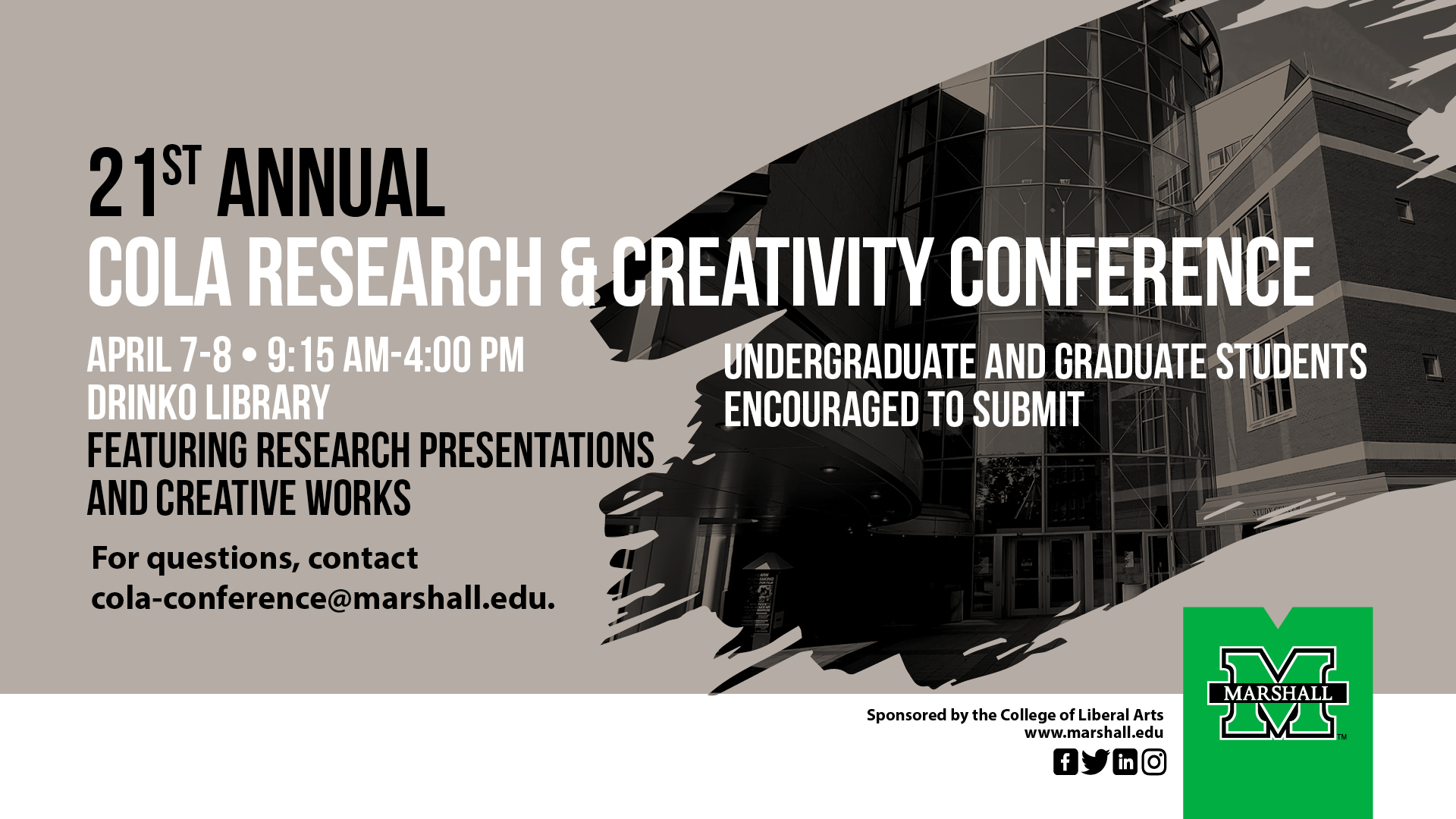Perceptions of Science and Scientists
Document Type
Poster Presentation
Keywords
COVID, Science, Conspiracy
Biography
Cody Bird, Jayson Bowen, Hannah Estep, and Wyatt Ray are undergraduate Psychology majors completing a PSY 457 (Research in Psychology) project to satisfy their Capstone requirement.
Major
Psychology
Advisor for this project
Dr. Chris LeGrow
Abstract
In the early stages of the COVID pandemic, trust in science increased globally as the world looked to science for answers on how to protect itself against the virus (Imbler, 2021; Stevens & Dugan, 2021). But after scientists had developed vaccines to fight COVID and the pandemic continued on, trust in science began to decline. In the U.S., the nation became deeply polarized along political party lines regarding mask mandates and vaccination promoted by the scientific community(Borenstein & Fingerhut, 2022; Funk & Tyson, 2022). As a number of states within the U.S. have begun tocharacterize the COVID pandemic as “endemic”, it is important to re-examine the public’s trust in science at this phase of the pandemic. The present study will seek to examine current perceptions of science and scientists among adult members of the U.S. population and how perceptions of science and scientists are influenced by demographic (e.g., gender, age, education, ethnicity, income) and attitudinal (e.g., religious orientation, political orientation, conspiracist ideation) characteristics. Participants will complete an anonymous, online survey in which they will provide demographic information (e.g.,gender, age, ethnicity, education level, area type (rural, suburban, urban), religious orientation, political orientation, household income, conspiracist ideation) andcomplete the 20-item Negative Perception of Science Scale (NPSS) and the 21-item Trust in Science and Scientists Inventory (TSSI). Analyses will examine current perceptions of science and scientists and identify the demographic and attitudinal characteristics that are predictive of these perceptions.
Perceptions of Science and Scientists
In the early stages of the COVID pandemic, trust in science increased globally as the world looked to science for answers on how to protect itself against the virus (Imbler, 2021; Stevens & Dugan, 2021). But after scientists had developed vaccines to fight COVID and the pandemic continued on, trust in science began to decline. In the U.S., the nation became deeply polarized along political party lines regarding mask mandates and vaccination promoted by the scientific community(Borenstein & Fingerhut, 2022; Funk & Tyson, 2022). As a number of states within the U.S. have begun tocharacterize the COVID pandemic as “endemic”, it is important to re-examine the public’s trust in science at this phase of the pandemic. The present study will seek to examine current perceptions of science and scientists among adult members of the U.S. population and how perceptions of science and scientists are influenced by demographic (e.g., gender, age, education, ethnicity, income) and attitudinal (e.g., religious orientation, political orientation, conspiracist ideation) characteristics. Participants will complete an anonymous, online survey in which they will provide demographic information (e.g.,gender, age, ethnicity, education level, area type (rural, suburban, urban), religious orientation, political orientation, household income, conspiracist ideation) andcomplete the 20-item Negative Perception of Science Scale (NPSS) and the 21-item Trust in Science and Scientists Inventory (TSSI). Analyses will examine current perceptions of science and scientists and identify the demographic and attitudinal characteristics that are predictive of these perceptions.



